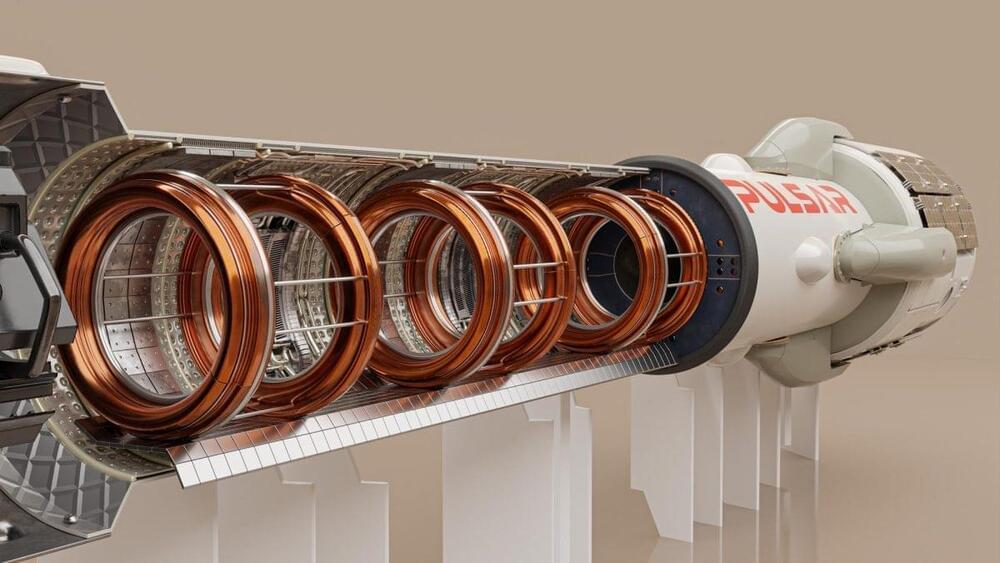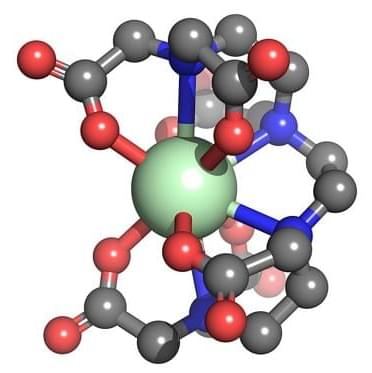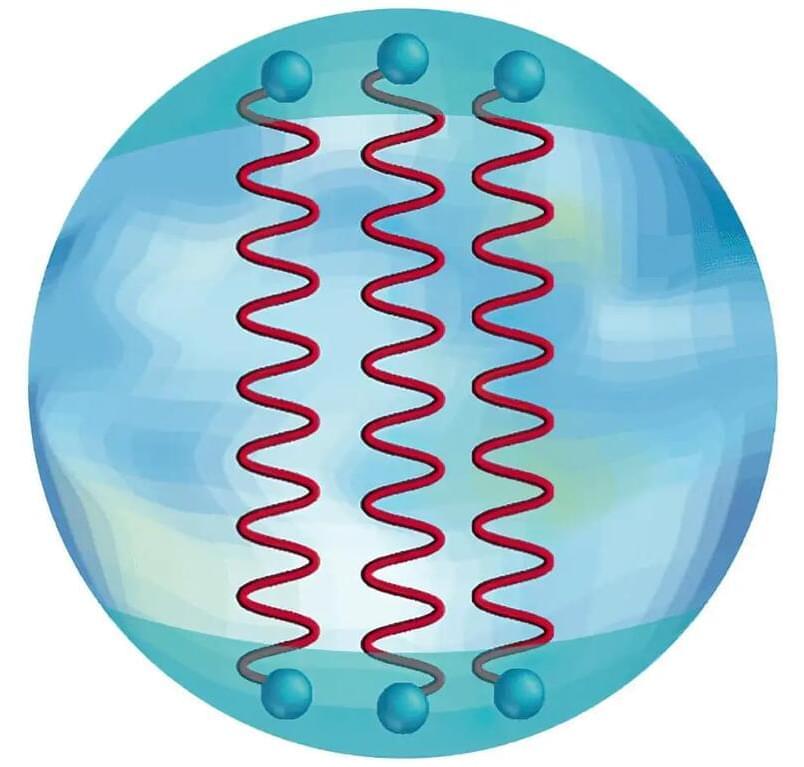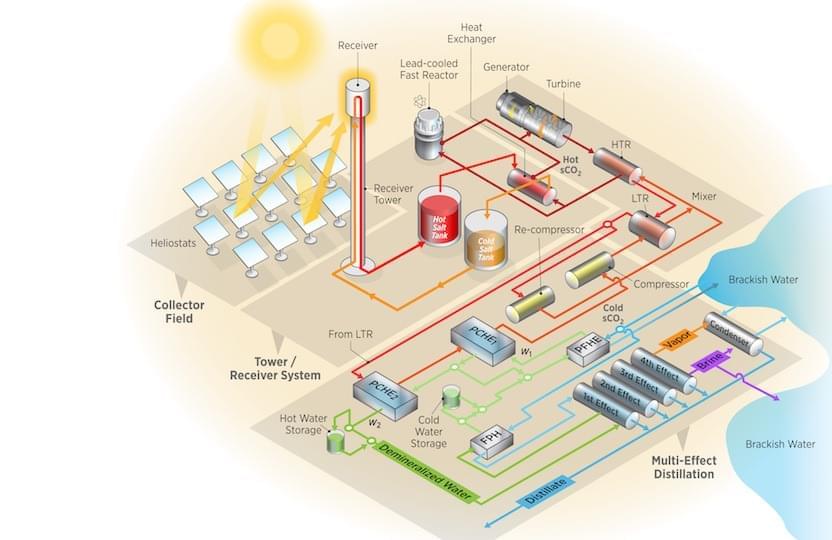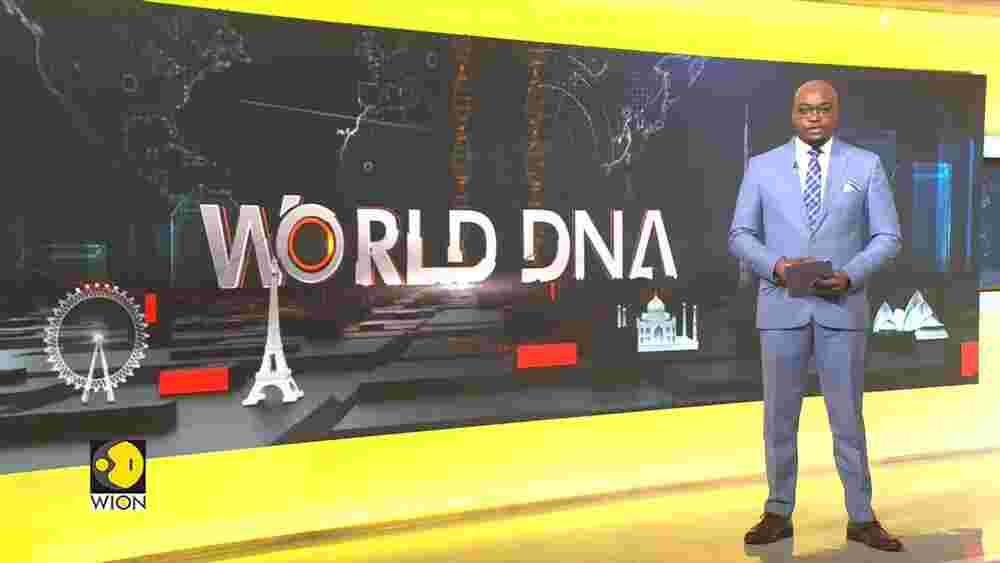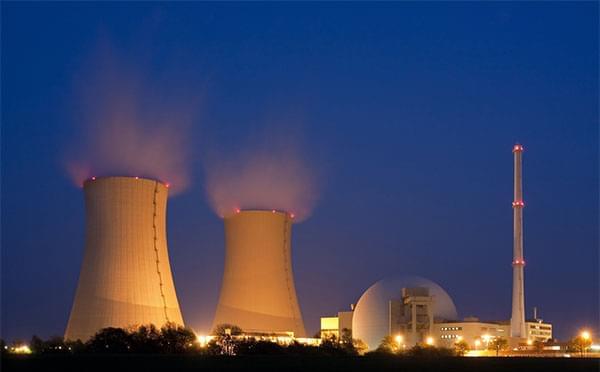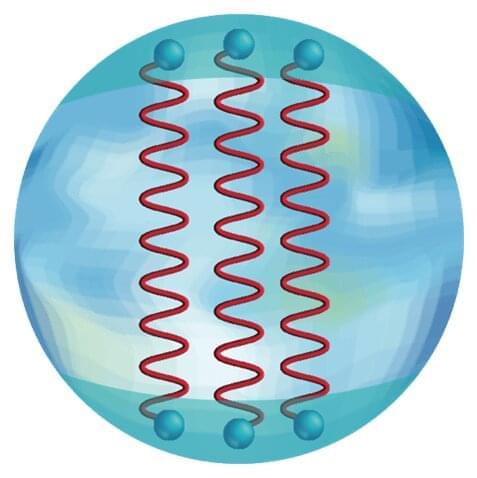Space propulsion company Pulsar Fusion has started construction on a large nuclear fusion chamber in England, as it races to become the first firm to fire a nuclear fusion-powered propulsion system in space.
Nuclear fusion propulsion tech, arguably a golden goose of the space industry, could reduce the travel time to Mars by half and cut the travel time to Titan, Saturn’s moon, to two years instead of 10. It sounds like science fiction, but Pulsar CEO Richard Dinan told TechCrunch in a recent interview that fusion propulsion was “inevitable.”
“You’ve got to ask yourself, can humanity do fusion?” he said. “If we can’t, then all of this is irrelevant. If we can — and we can — then fusion propulsion is totally inevitable. It’s irresistible to the human evolution of space. This is happening, because the application is irresistible.”
